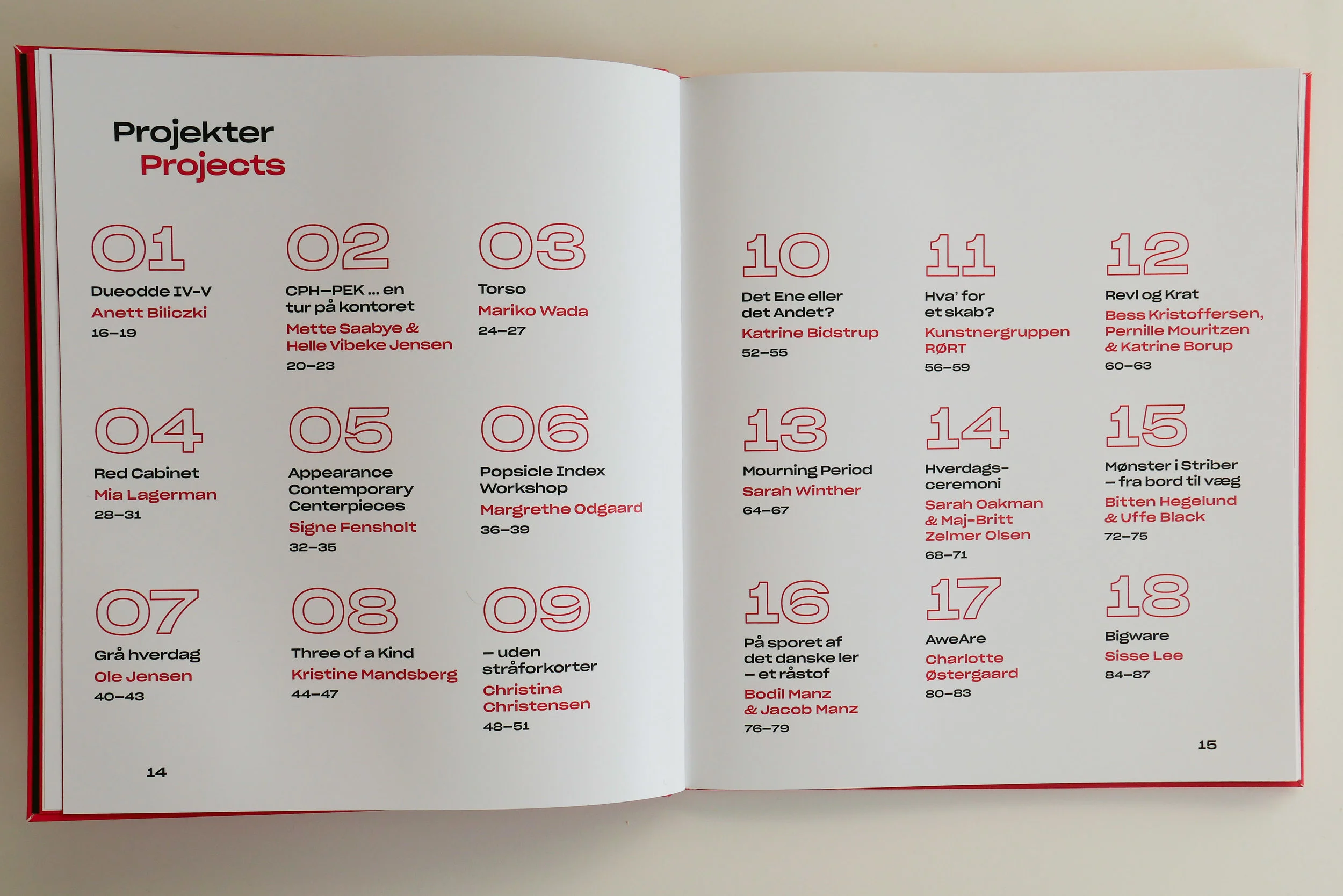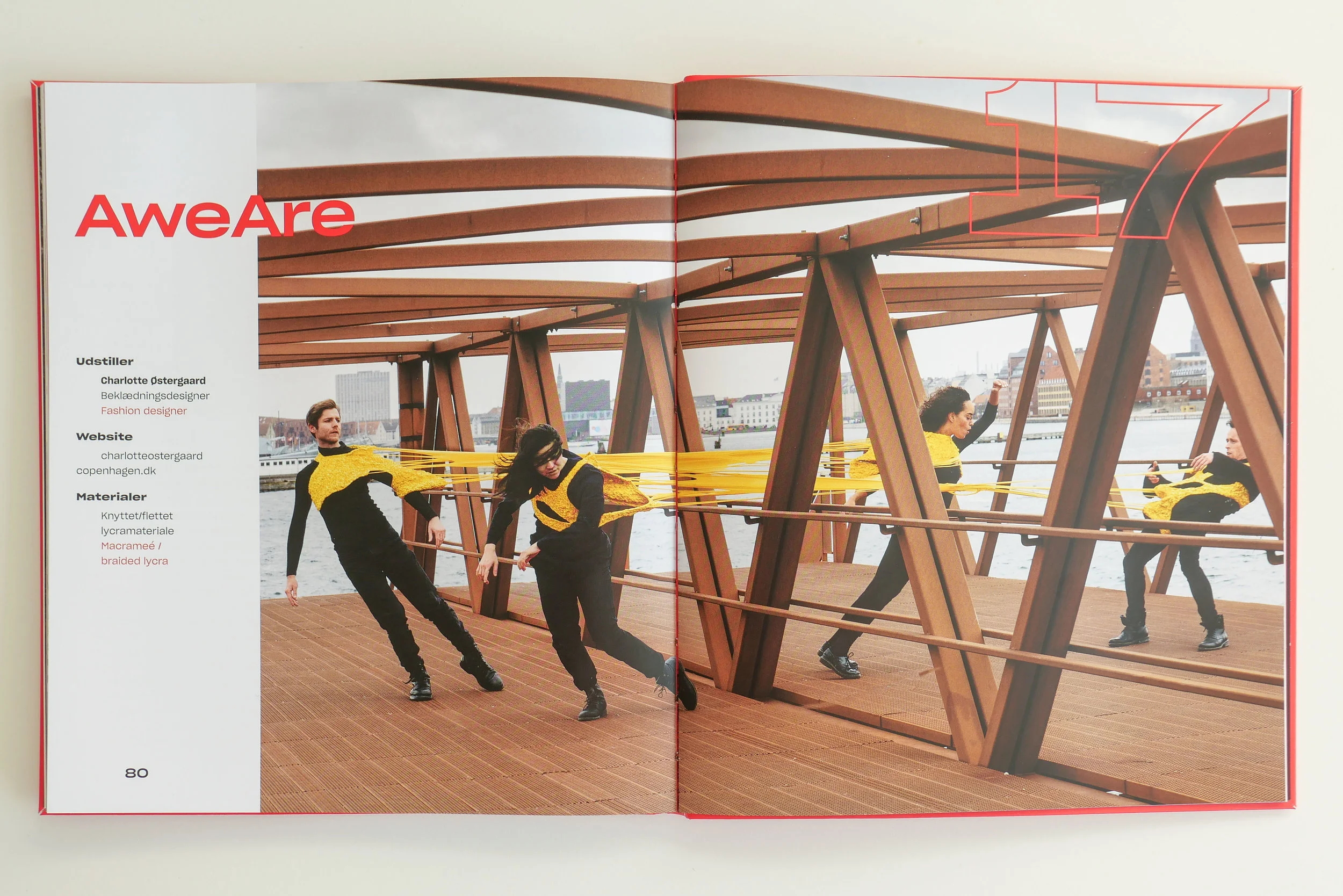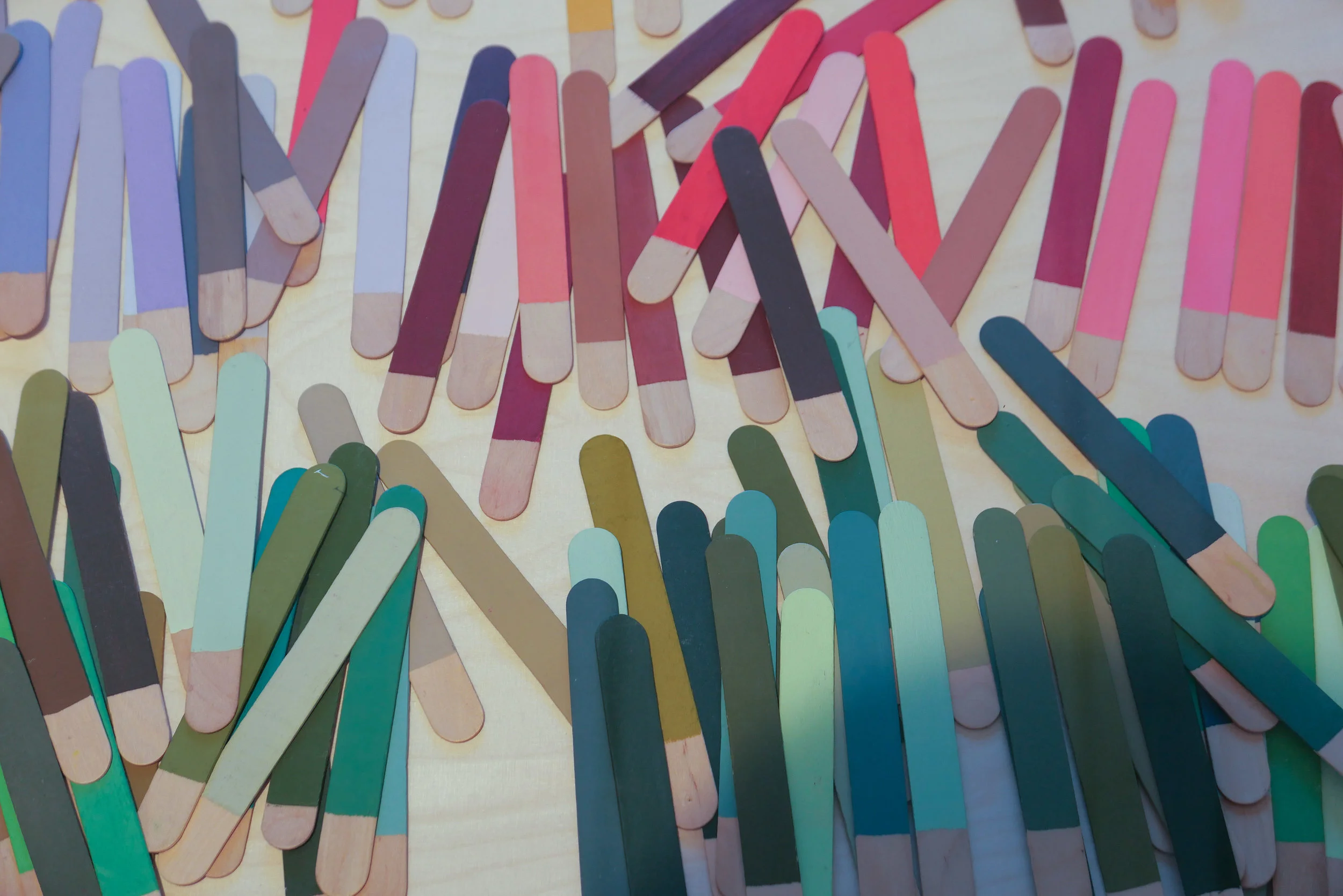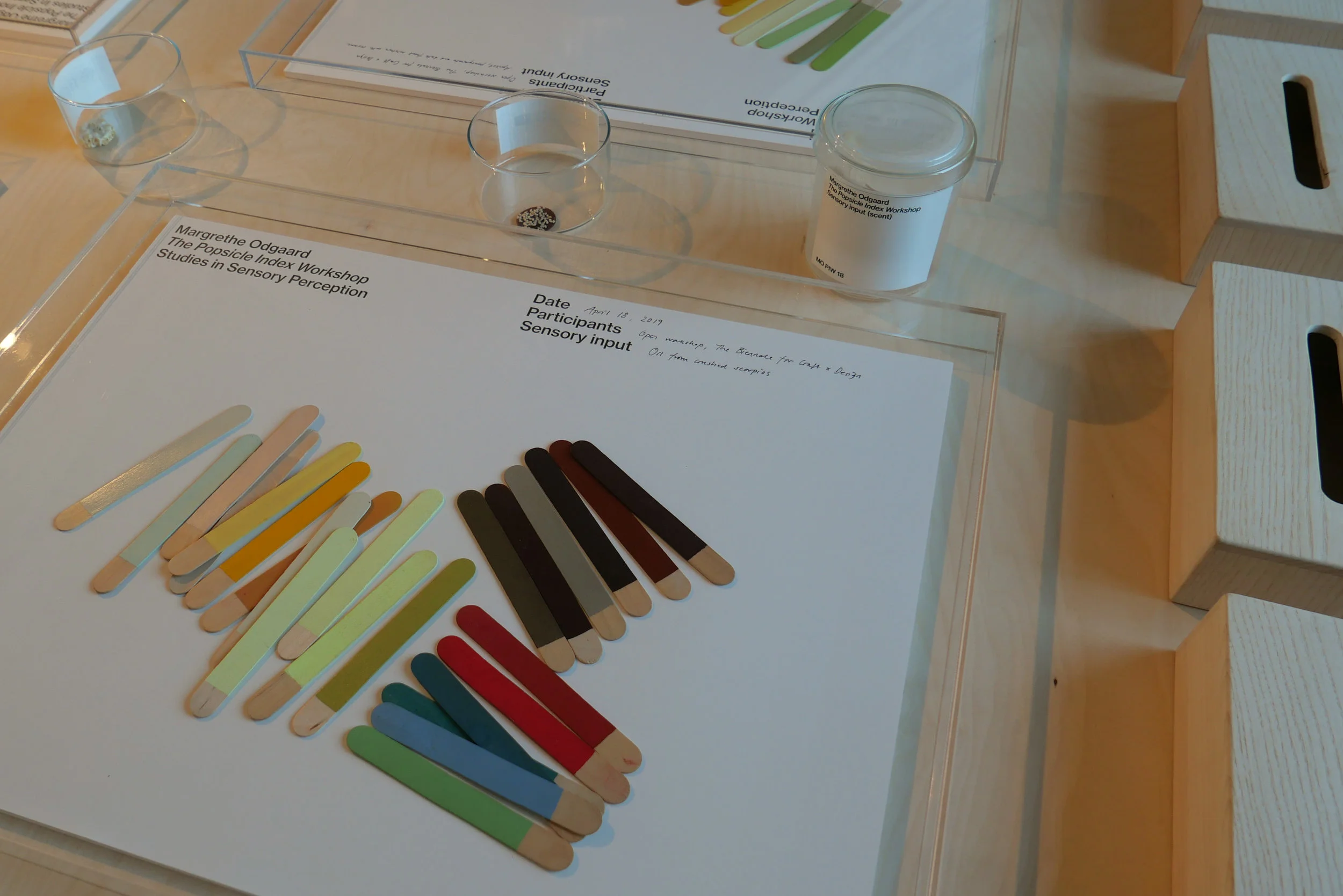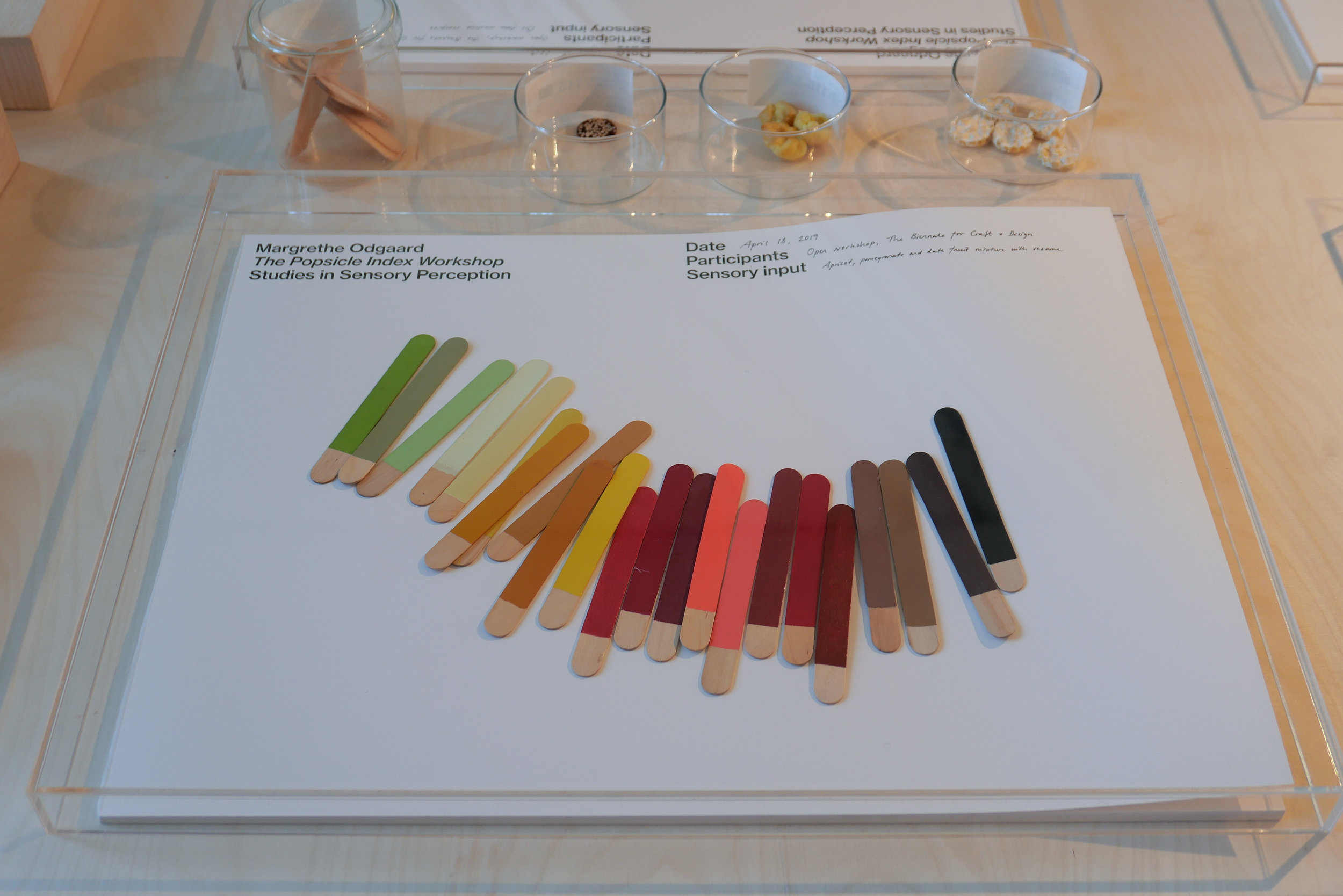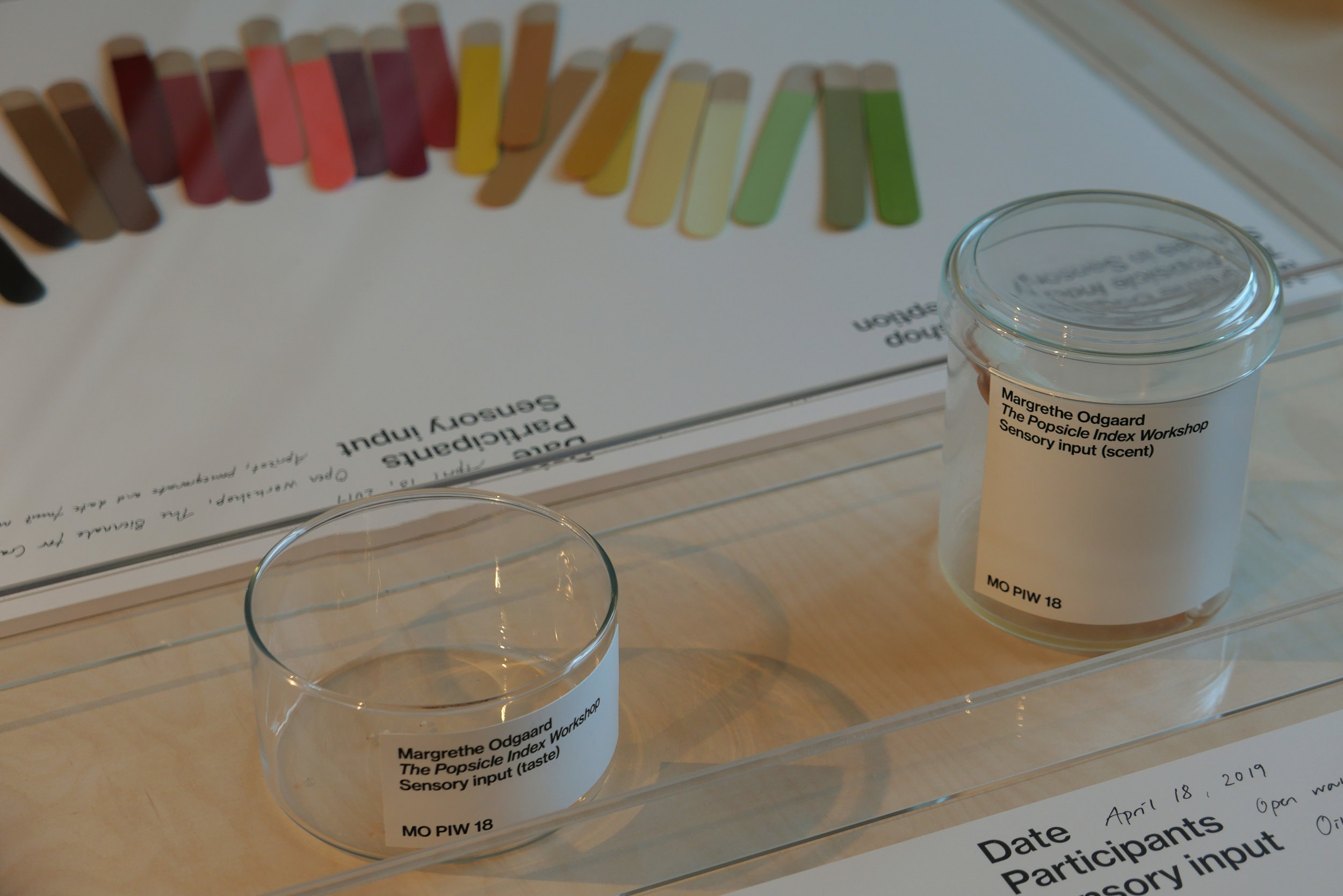Biennalen for Kunsthåndværk & Design / The Biennale for Craft & Design 2019
/This evening, the prestigious Biennaleprisen from Danske Kunsthåndværkere & Designere - the Biennale Prize from the Danish Association of Craft and Design - was awarded to Katrine Borup, Pernille Mouritzen and Bess Kristoffersen for their work Revl og Krat / Wheat and Chaff … an installation that is a curated collection of natural objects - including soil, branches, bark moss and grass - with crafted objects, photographs and notes.
It is a collaborative project by artists who work in the woodland around Dyrehavehuset / Deer Park House - a historic timber-framed lodge that is close to Tystrup Lake - 70 kilometers south west of Copenhagen - and was part of the extensive estates of the historic house at Gunderslevholm.
In the catalogue, the artists acknowledge the influence on their work of the American academic, author and teacher Donna Haraway and cite her recent book Staying with the Trouble.
This is about connections and stories; about art, science and political activism and about trying to understand our environment and about showing respect for nature.
Dyrehavehuset, Rejnstrupvej 5, Fuglebjerg - has been restored and is now the studio of Bess Kristoffersen.
The web site for Deer Park House has a specific page to illustrate some of the workshop sessions and the works produced at the studio for Revl og Krat.
bessktistoffersen.dk
pernillemouritzen.dk
katrineborup.dk
dyrehavehuset.dk
Naturen Vinder Biennaleprisen 2019
Prize Committee
Pernille Stockmarr, curator, Designmuseum Danmark
Peder Rasmussen, ceramicist
Christina Zetterlund, lecturer and curator Linnéuniversitet
the exhibition with all eighteen works selected continues until 5 May 2019 at
Nordatlantens Brygge, Strandgade 91, København K
note:
I am curious about the translation of the title of the work.
In dictionaries revl is generally translated into English as batten or possibly lath (plausible as this is a woodland lodge) and krat as a thicket so presumably the saying implies something useful coming from something that might be dismissed or might be seen to be useless … in terms of potential materials, the tangled branches of a thicket are less useful than a carefully nurtured tree from managed woodland.
This has been translated in the catalogue as Wheat and Chaff … where wheat is the grain or seed that you keep and use for food or for planting for the next crop while the chaff is the husks that are discarded after the crop is winnowed.
Is the implication therefore that if you appreciate the chaff then you can use teverything?








